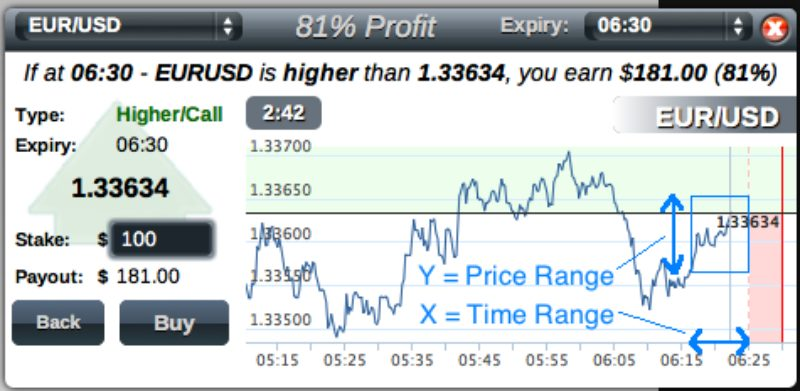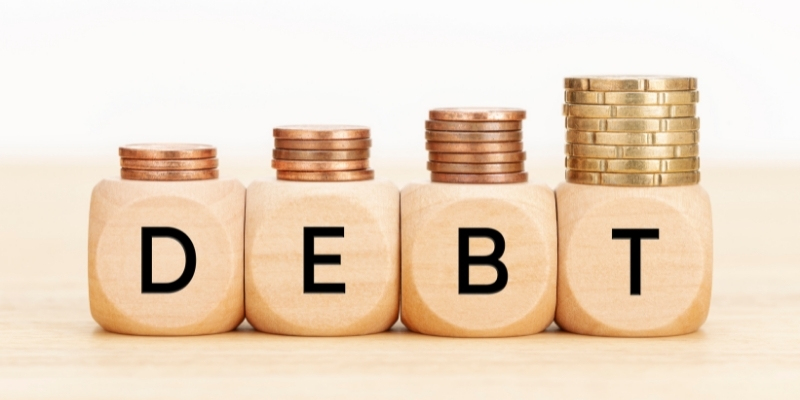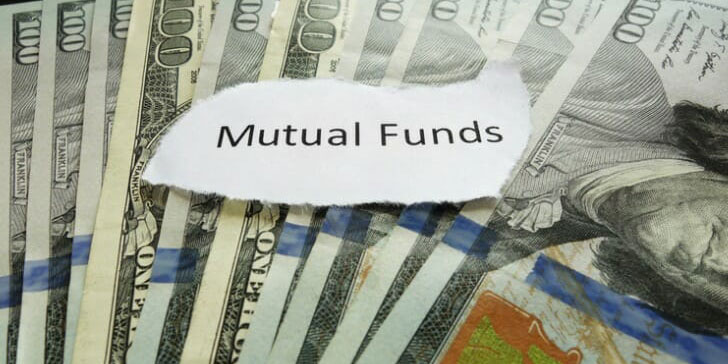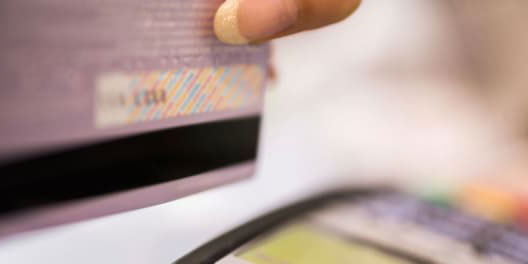Calculate your position size before entering each trade as you gain experience. You may choose a basic, round amount and business instead of constantly recalculating your position in light of your account's minute fluctuations. All that's at stake in a binary options trade is the initial investment, which may go up or down in value depending on whether the underlying asset's price is higher or lower than the strike price at expiration. If you guess correctly, you are paid according to the rules. If you make a wrong guess, you will lose the money you risked. It's important to note that binary options trading is not for the faint of heart. However, the key to success for newcomers is understanding how to manage risk.
How Much You Should Risk On Each Trade When Using Binary Options
In general, you should only risk a tiny portion of your trading money on a single binary options transaction. Attempting more than 5% of your money is unwise, but ultimately up to you. In most cases, a professional trader will only risk 1% of their account value. Risk no more than $10 or $20 (1% or 2%) of your $1,000 trading account on any one binary options transaction. It's not wise to take more than a 5% chance ($50 here), which is the maximum allowed. At the outset of your trading career, your primary goal should be to maximize your profits. Many individuals get into trading in hopes of quickly amassing wealth. Though, it would help if you resisted the urge to. Putting all your eggs in one basket by betting the farm on every deal is a sure way to lose everything rather than make a killing.
How To Figure Out The Level Of Risk In A Trade

Binary options have a predetermined maximum loss. If the underlying asset (on which the binary option is based) doesn't perform as expected, you'll have a good idea of how much you stand to lose. The amount you gamble on each transaction is the risk associated with binary options. If you invest $10 on a binary options transaction, the most you can lose is the greatest amount you may win. Some brokers may give back as much as 10% to compensate clients for bad deals. This reduces your limit to $9 if the following holds:
- Potential Loss + Discount = Market Danger
- -$10 + ($10 x 10%) = -$10 + $1 = -$9
Nadex does not provide refunds on losing trades for binary options. However, if you purchase an option for $50 and it lowers to $30, you may sell it for a partial loss rather than holding on until it crashes to $0. (or move above 50, which would produce a profit). The value of the Nadex option will be either 100 or 0 after expiration. For this reason, it's essential to visualize the worst-case situation while estimating your level of risk.
How To Choose The Size Of A Binary Trade Position

In a binary options deal, the amount of money you risk (as a percentage of your account) and the amount you stand to lose are known in advance. Join the dots to get the precise amount you may put into a deal. Assuming a maximum loss of $70 per transaction and a $3,500 account balance translates to a 2% risk for each trade. Only put up $70 if your broker does not give a reimbursement on lost transactions, which is the standard. Put $70 into the binary options trading platform's "Amount" box (in this case). That indicates a risk tolerance of $70 per transaction.
Conclusion
In binary options, it's simple to estimate potential losses. You should never risk more than $50 of your $1,000 balance. Find a broker that will let you trade within your risk tolerance limits, and join up with them as a first step. Since the cost of a contract is shown instantly when a trader clicks the button to buy it, binary options companies have made this process relatively simple. With binary options, the investor always knows the maximum amount at risk, which is the cost of the contract, and the total amount of possible gain. The trader may take the precautions required to reduce exposure to this information.



